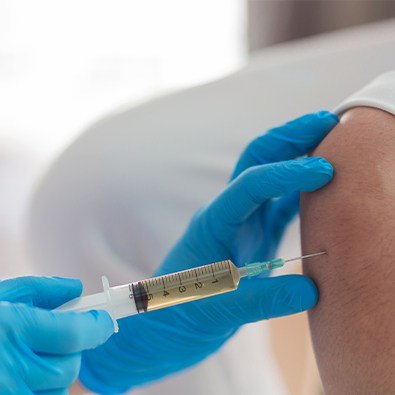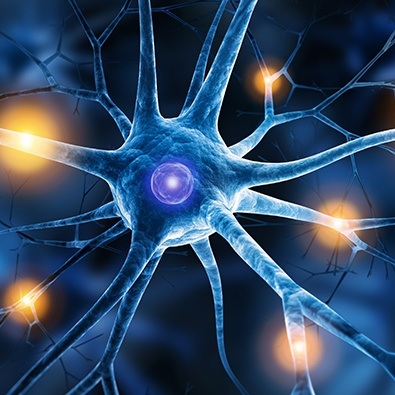
Fax: (860) 430-9693
Glastonbury, CT 06033

Pain from pinched or trapped nerves can be debilitating. Once they leave the spine most nerves pass between, and in some cases directly through, muscles en route to their final destination. But when some of those muscles become too tight, either because of spasm or injury, they can squeeze the nerves. This starts to cut off the nerve’s blood supply, causing a wide variety of possible symptoms including, pain, altered sensations (such as numbness, tingling, burning, etc.), and weakness.
Conservative soft tissue treatments such as physical therapy and massage therapy may help. But when these fail, what’s the next step? For most, surgery is a last resort.

Nerve Hydrodissection is a simple, safe treatment where the doctor injects some fluid around the nerve (but not INTO the nerve!) to ease the pressure from the surrounding muscles and to separate the nerve from the surrounding tissue, fascia, or adjacent structures. This is all done under direct ultrasound guidance to help insure accuracy and safety. In our office, we use a combination of an I.V. fluid known as “D5W” (5% dextrose in water) with a very small amount of Novocain. The weak sugar also helps heal inflammation in the nerve. In some stubborn cases, a solution of platelet-derived growth factors (from PRP) or exosomes is used instead of IV fluid to promote better healing. In the vast majority of cases, the treatment is either painless or minimally uncomfortable when done properly.

Conditions that are commonly treated by hydrodissection include:

Hydrodissection can treat more than just pinched nerves. Sometimes a muscle or tendon becomes thickened, fibrotic, or just too tight from overuse and chronic tension. The muscle stops moving smoothly. Trigger points can develop. Pain can ensue. Massage therapy or other soft tissue treatments, or trigger point injections, may work, but often only temporarily. In such cases, we perform hydrodissection of the muscle or tendon itself. This breaks up scar tissue in the muscle and allows it to function more normally, and the pain often starts to go away.
At Valley Sports Physicians & Orthopedic Medicine, we’re experts in hydrodissection techniques. We’ve been doing them longer than the vast majority of practices in the U.S. Call us today to see if we can help you with your pinched nerve!

Nerve hydrodissection is not a well-known procedure, so it is understandable if you want to gather more information about it before you book a consultation with our team. To assist you, we have compiled the answers to some FAQs about this procedure. If your specific questions are not addressed here, feel free to reach out to us directly. We are always happy to speak with both current patients and prospective patients.
Nerve hydrodissection is generally considered to be quite safe, especially when it is administered by a qualified medical practitioner who uses ultrasound injection guidance. It uses ingredients that are very well-tolerated by most people. However, there is no such thing as a risk-free medical procedure. A small percentage of patients have experienced issues like swelling at the injection site and infection.
If you are concerned that you may be experiencing adverse side effects after nerve hydrodissection, give us a call. We will do all we can to figure out the cause of the problem and resolve it.
Because the nerve hydrodissection solution includes a local anesthetic, the injection site may be numb for several hours after your appointment. Once the local anesthetic wears off, you can expect to experience a dull but tolerable ache. The ache may last for 2 – 3 days.
There is no required downtime after a nerve hydrodissection treatment; you will be able to get back to your normal routine right away.
Each case is different. Some patients notice a significant reduction in pain 2 – 3 weeks after their injections. It is also common for significant relief to occur at the 3- and 6-month marks during a course of treatment. (A course of treatment may involve multiple appointments in our office.)
We sometimes combine nerve hydrodissection with other therapies to help patients experience pain relief and increased mobility as efficiently as possible.
Nerve hydrodissection is widely accepted in the medical community as a treatment for entrapped nerves. Therefore, it is likely that your insurance policy covers it. To make sure, you can call your insurance company to ask about your coverage. Our team can assist you throughout the insurance claims process.
If your procedure is not covered by insurance, or it is only partially covered, ask us about your other payment options. We do not want our patients to encounter any unpleasant surprises when it comes to the financial aspect of their care.